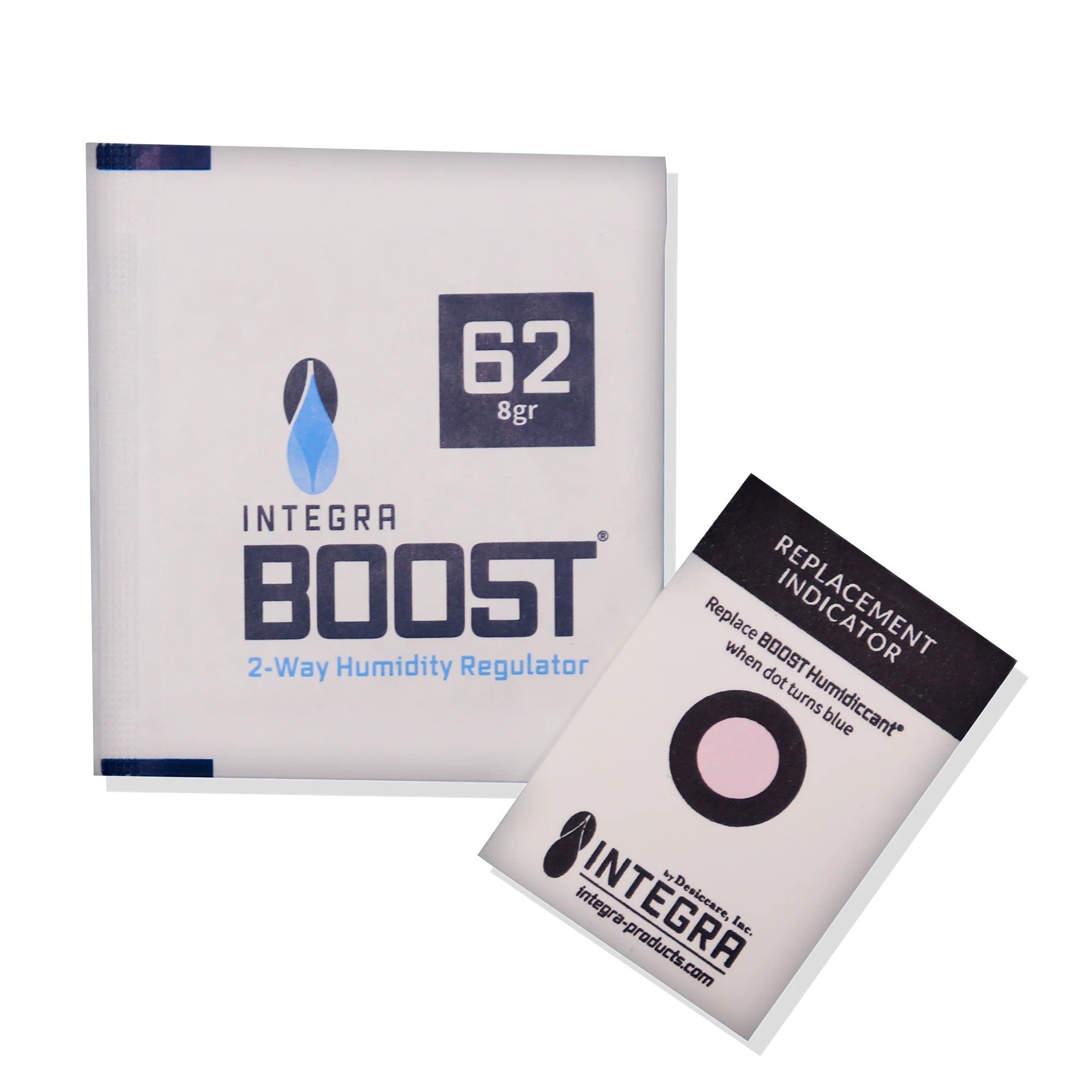How to Build a Packaging Style Guide That Scales
Creating a comprehensive packaging style guide is essential for cannabis brands looking to maintain consistency while scaling across multiple products, markets, and regulatory environments. A well-structured guide serves as the single source of truth for your packaging design system, ensuring that your brand identity remains cohesive regardless of who handles production.
Fundamentals of Packaging Style Guides
A packaging style guide differs from a general brand guide by focusing specifically on the three-dimensional application of your brand elements. It addresses not only visual aesthetics but also structural considerations, material specifications, and regulatory compliance requirements.
The most effective guides balance rigid standards with flexible frameworks that can adapt to different product categories, container types, and evolving regulations. According to industry experts, brands that implement comprehensive style guides reduce production errors by up to 30% and decrease design revision cycles significantly.
Key Components to Include
Brand Assets and Visual Elements
Document all visual brand elements with precise specifications:
- Logo usage guidelines (minimum size, clear space, placement options)
- Typography hierarchy and font specifications
- Color palette with exact color codes (CMYK, PMS, RGB)
- Photography and illustration style guidelines
- Iconography and supporting graphic elements
For each element, include examples of correct and incorrect usage to prevent common mistakes. Our detailed guide provides templates for organizing these assets efficiently.
Packaging Architecture
Define a clear system for how different product lines and SKUs relate to each other visually:
- Primary vs. secondary packaging requirements
- Product line differentiation strategies
- Hierarchy of information across all packaging
- Consistent placement of regulatory elements
Technical Specifications and Requirements
Technical precision is crucial for scalable packaging systems. Your guide should include:
Dieline Standards
Standardized dielines ensure production consistency. The evolution of dielines has made them more efficient and adaptable. Include master dieline templates for each packaging type with:
- Dimensions and scale specifications
- Bleed, trim, and safety areas
- Fold lines and glue areas
- Panel identification system
When working with our manufacturing partners, we've found that using specialized filling equipment often requires specific dimensional considerations in your dielines to ensure smooth production runs and minimize waste.
Material Specifications
Detail approved materials for different packaging components:
- Substrate types and weights
- Finishing options (varnishes, laminates, coatings)
- Special treatments (embossing, foil stamping, etc.)
- Child-resistant mechanism specifications
- Sustainable material alternatives
For each specification, include supplier information and minimum order quantities to streamline procurement.
Creating Flexibility for Product Variations
A scalable style guide must accommodate product variations while maintaining brand cohesion. Great packaging mockups help visualize how your system adapts across different applications.
Modular Design Systems
Implement a modular approach that allows for flexibility:
- Color-coding systems for different product categories
- Standardized information panels that can be updated
- Template variations for different container shapes and sizes
- Consistent placement zones for variable information
This approach allows for quick adaptation to new products while maintaining visual consistency across your portfolio.
Implementation and Quality Control
Document the processes for implementing and maintaining your packaging standards:
Approval Workflows
Define clear approval processes for new packaging designs:
- Required stakeholders for sign-off
- Compliance review checkpoints
- Production sample approval procedures
- Timeline expectations for each stage
These workflows ensure that all packaging meets brand standards before production. The full packaging workflow should be clearly mapped to avoid bottlenecks.
Quality Control Standards
Establish objective criteria for evaluating packaging quality:
- Color matching tolerances
- Print quality assessment methods
- Structural integrity tests
- Compliance verification procedures
Include checklists for quality inspections at different production stages to catch issues early.
Future-Proofing Your Packaging System
The most effective packaging style guides include provisions for growth and evolution. Designers should understand how to work within the system while helping it evolve.
Implement a version control system for your guide with scheduled reviews to incorporate new products, regulatory changes, and brand evolutions. Document the rationale behind key decisions to help future team members understand the strategic thinking.
By creating a comprehensive yet flexible packaging style guide, cannabis brands can maintain consistency while scaling efficiently across products and markets. This foundation not only streamlines production but also strengthens brand recognition and consumer trust in an increasingly competitive landscape.











Leave a comment
All comments are moderated before being published.
This site is protected by hCaptcha and the hCaptcha Privacy Policy and Terms of Service apply.